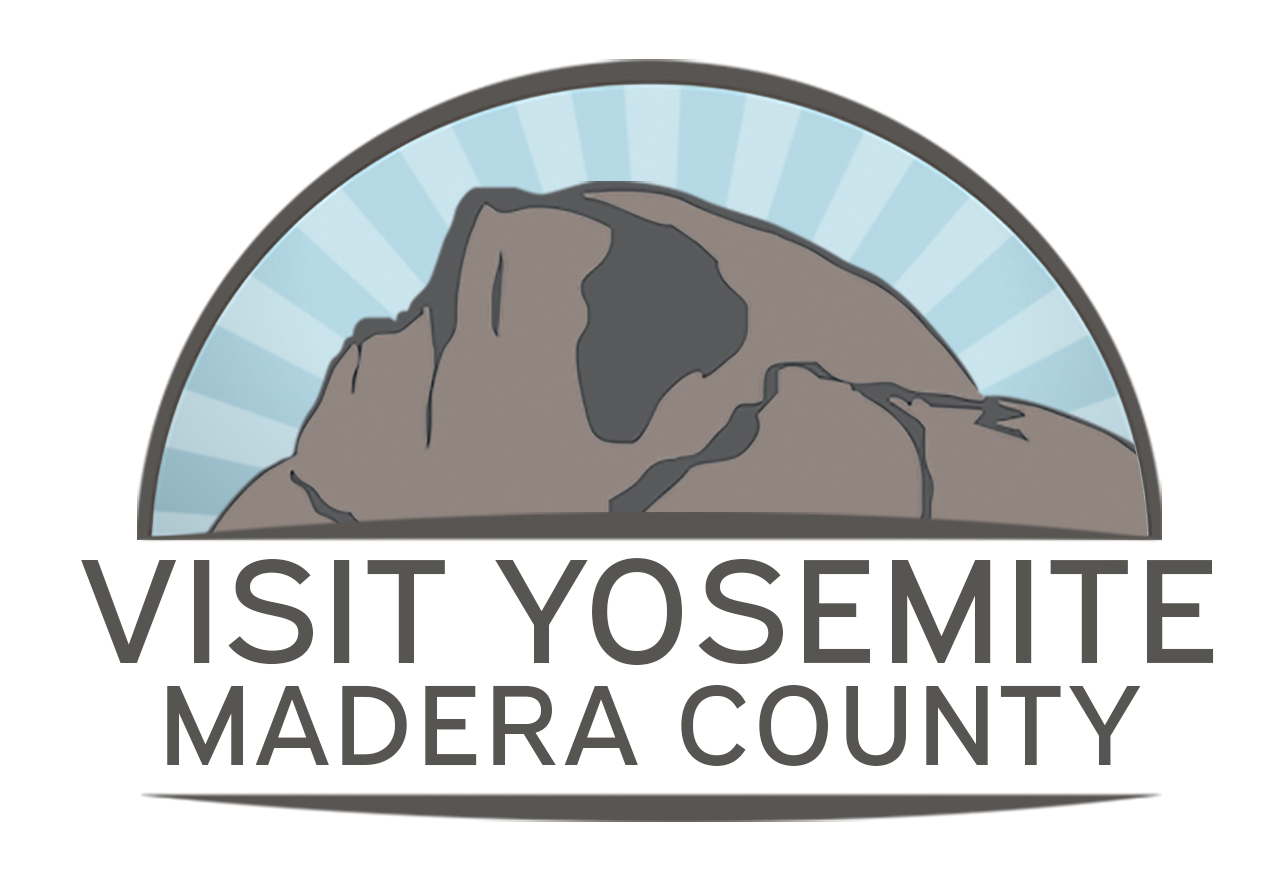Gateway Communities Urge Yosemite National Park to Embrace Innovative Visitor Management Solutions
Oakhurst, CA – September 11, 2024 – Key stakeholders from gateway communities surrounding Yosemite National Park are calling for bold and innovative leadership in addressing visitor access and management. These communities, which see firsthand every day the impacts of the current system on aspiring visitors, have themselves been deeply impacted by the current system of visitor controls.
The neighboring communities emphasize the need for an approach that takes advantage of the fact that, while Yosemite Valley is crowded in summer, the vast majority of the park is uncrowded on even the busiest of days. The communities emphasize the need for a system that doesn’t lock visitors out of the entire park, but instead specifically focuses on controlling Yosemite Valley visitation.
Such a solution would be a more thoughtful, balanced, innovative approach that allows more people to experience the park without sacrificing resource preservation, and one that would avoid a host of significant unintended consequences that are unavoidable with the current approach.
Gateway Communities Express Concerns Over Current Visitor Controls
Stakeholders from gateway communities have raised concerns about the National Park Service's (NPS) reliance on limiting visitor access to the entirety of Yosemite National Park as a solution to crowding in Yosemite Valley (which makes up less than 1% of the park’s area). The stakeholders emphasize that this approach has impacted domestic and international tourism, left many aspiring visitors frustrated and unable to experience the park, and caused significant economic harm to local businesses.
“Instead of restricting visitation, NPS should focus on creative solutions that allow visitors to explore the many less crowded areas of Yosemite,” said Rhonda Salisbury, CEO of Visit Yosemite | Madera County. Lisa Mayo, President & CEO of Visit Tuolumne County adds, “We want to work with NPS to develop systems that balance preservation and access without turning people away.”
Concerns Over Lack of Flexibility and Transparency in the Draft Plan
Stakeholders have also expressed frustration over the recently issued 224-page Draft Plan, released in mid-August with 2.5 months still remaining in the current pilot test. The Draft Plan, which was clearly written early in the pilot test period, shows no analysis of the current test's results and instead proposes more onerous requirements than those currently in place without clear rationale for doing so.
The early release of the Draft Plan, while the pilot test is still in process, is due to NPS’s self-imposed deadline to have a permanent visitor access control plan in place in 2025.
The final approach selected will have huge implications and impacts on park visitors and on economies locally and statewide, as it will influence broader domestic and international travel patterns. Given this, the community urges NPS to slow down, emphasizing that the public does not need certainty next year; they need the most targeted system that provides the best long-term outcome for visitors and park protection.
NPS’s ‘finish by 2025’ approach has caused a loss of credibility and reflects a fixation on this self-proscribed deadline, and on testing the same limited solution repeatedly, despite its severe consequences, rather than exploring alternative methods to manage visitation effectively.
In addition, the determination of need the Draft Plan is based on, as well as prior testing, occurred during non-representative years:
- 2021: Impacted by COVID-19.
- 2022: Severe staffing shortages and many services closed.
- 2023: Full park access not available until July due to an abnormally severe winter.
Overly Restrictive Elements and Impacts of the Draft Plan
The evaluation criteria used by NPS have also been highly criticized for not prioritizing the negative effects on aspiring visitors, many of whom are being denied access to the park. Photos taken during peak hours (10 AM to 2 PM) show uncrowded parking lots in Yosemite Valley, while entry gates are turning away 700 cars (2,000+ frustrated, disappointed visitors based on NPS estimate of 2.9 people per vehicle) per day.
Aspiring visitors are also denied entry until 4 PM despite Yosemite Valley beginning to empty out naturally in the early afternoon, and despite it taking 30 minutes to 1.5 hours to drive to the Valley from most entry gates. The result is that few are able to take advantage of these limited late day visits due to the onerous 4pm restriction.
In addition, overly restrictive ticket requirements are imposed for spring, summer, and fall, and Sundays are restricted as much as Saturdays despite their different visitation characteristics. These measures unnecessarily restricting the public from visiting its park and caused undue economic hardships to gateway communities.
Economic Impact on Local Communities
The economic impact of the current visitor controls has been severe. Hotels, restaurants, and other local businesses have experienced significant revenue declines, with losses of millions of dollars per month during the peak season. International tour operators have also removed Yosemite from their itineraries due to the uncertainty of park access, further exacerbating the issue.
“We’ve seen gateway lodging revenue drop by 15-25% in July alone,” said Mayo. “This system is hurting not just local businesses and communities, but also visitors who come from all over the world, only to be turned away at the park gates.”
Call for Bold Leadership and Collaborative Solutions
The gateway communities are urging NPS to adopt a more innovative, targeted approach. Stakeholders believe that leadership should focus on improving operations and utilizing underutilized areas of the park, rather than limiting access to the entire park. They also emphasize the importance of working with gateway communities, which possess deep knowledge of visitor interests, trends and behaviors.
“Yosemite is more than just Yosemite Valley,” said Salisbury. “The park is vast, and there are opportunities to spread out visitation, preserve resources, and keep the park accessible to the public.”
A Path Forward
Gateway communities are advocating for NPS to slow down this process to allow for a more creative and collaborative effort between NPS and the gateway communities. Time is needed to test and refine solutions that maximize public access while protecting park resources. They suggest piloting a new system that focuses on improving access to areas outside the Valley, enhancing visitor services, and better managing park operations.
“We believe there is a clear path forward that benefits both the public and the park,” said Salisbury. Mayo agrees, “With the right resources and a commitment to innovation, we can develop a system that allows everyone to enjoy Yosemite while ensuring its preservation for future generations.”
For more information on this initiative or to schedule an interview with key stakeholders, please contact:
Rhonda Salisbury at (559) 683-4636 or Rhonda@YosemiteThisYear.com.
Lisa Mayo at (209) 533-4420 or Lisa@GoTuolumne.com







